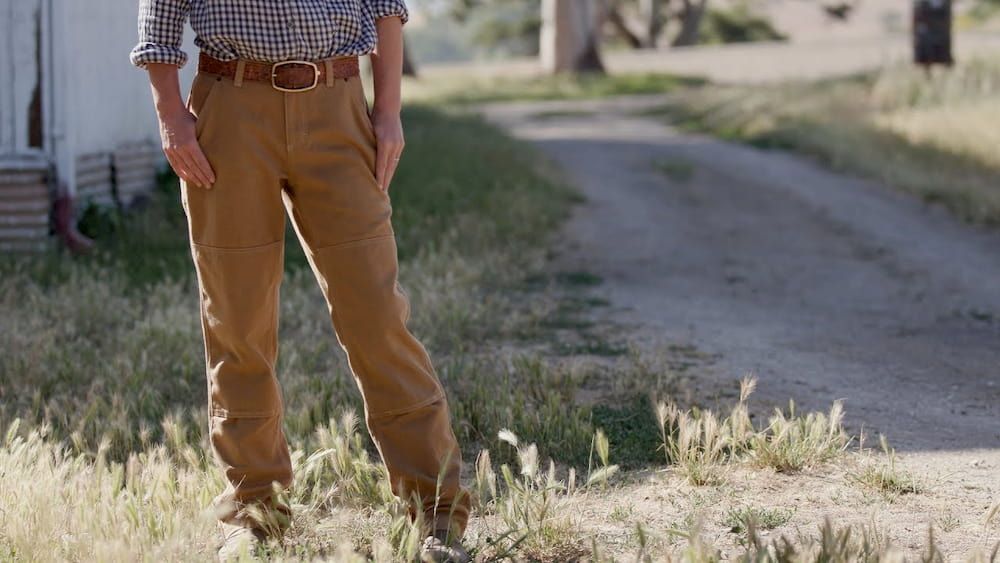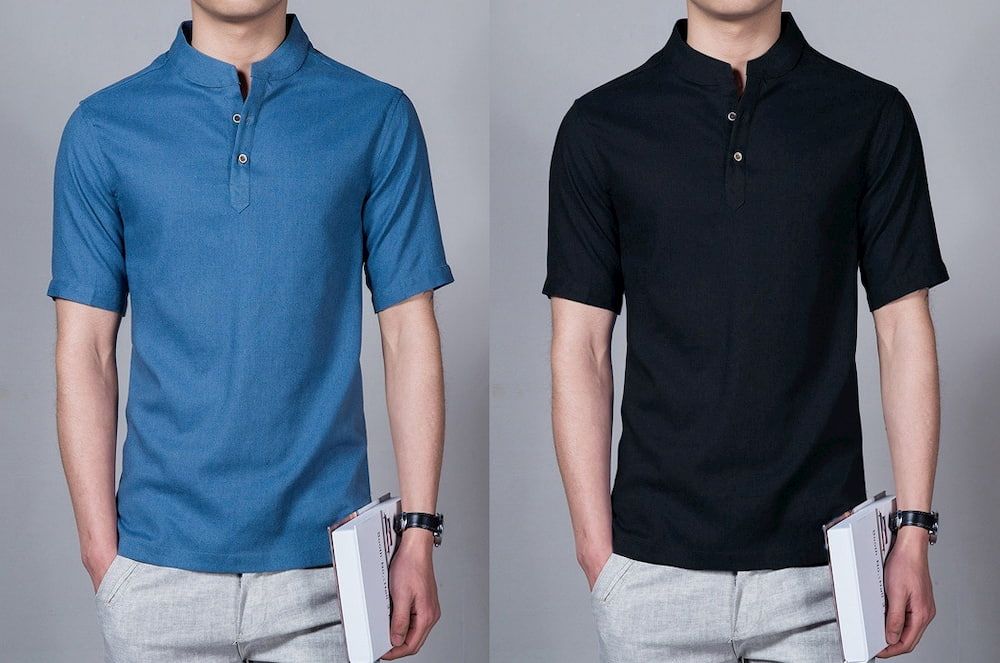Farm Workwear: How to Look Professional but Still Be Comfy
When you are working on a farm, you need clothing that is durable and comfortable enough to make it through the day. If you are a farmer looking for functional apparel while maintaining professional standards, here is what you need to look for.
Farm Pants
For your farm wear, you need work pants that are comfortable, functional and most importantly, durable. So, look for pants designed to help you with your job. This includes pants made of cotton duck, which is a heavy-duty fabric that can stand up to your day without holding you down. Double-stitch seams will help prevent the fabric from unravelling. Also, check the number of belt loops. Pants with 6 or more loops are less likely to ride up or slide down during constantly bending, stretching and lifting. The placement of the loops is just as important. Belt loops provide additional stability when placed on the seam.

Farm Shirts
Due to the physical nature of farm work, you need work shirts that offer unconstrained mobility, breathability and durability. Choose from a wide variety of polos, buttons ups and half button shirt models to get the job done. Wicking technology, found in dry performance farm shirts, pulls sweat away from the body, keeping you cool when you are working hard. Long sleeve options can keep you warm in colder months while also protecting you from the sun. Half button shirt models are popular right now, and look even better when customized with your logo or design.
No matter what type of shirt you choose, it's crucial to get the size right and stick to it. Here are some tips from stylists on how your shirt should fit.
- Collar - A gaping collar is a clear sign that a shirt is too big. In the same way, if your face is turning purple and you're having difficulty swallowing, you might want to consider a size or two up. As a rule of thumb, a finger-width of space when fully fastened will be just right.
- Sleeves - Overlength sleeves may be on-trend, but far from the runways you'd be advised not to so the same. For the ideal fit, your sleeves should end where your wrist meets your hands but with enough fabric to prevent them from riding up every time you move your arms. When it comes to girth, keep them slim - you should be able to see daylight between the sleeve and the body.
- Shoulders -If you are not blessed with the torso of a Greek god, don't worry! A well-fitted shirt can create the illusion of a more masculine frame even if you are very slim. According to the experts, there is one trick that you can use to make your shoulders appear as wide as possible. The point where the sleeve of the shirt meets the body should sit on the widest point of the shoulder.
- Chest - If there is one thing that totally ruins the look of a shirt, that thing is straining buttons struggling to contain what lies beneath. So, make sure that your shirt isn't too tight around the chest. A shirt that is too fitted around this area will also restrict your movements and will look unsightly when it pulls. Ideally, the chest area should feel comfortable, while also ensuring you a full range of motion in the arms and upper body.
- Lenght - length is one of the most common things guys get wrong when buying a shirt. To get it right, there are just two lengths you need to keep in mind. For shirts designed to be left untucked, the fabric should reach roughly halfway down the backside. For shirts designed to be tucked, the fabric should reach the bottom of the backside to avoid coming untucked.

Farm Jackets
Farmers work outdoors all year long. There are no breaks when it's cold or stormy, which means you need a work jacket that can withstand all the elements. Different choices of jackets are available to accommodate all temperature ranges. The three main liner options are quilted, blanket and sherpa. One of these liners should be able to suit your particular working conditions.
Another factor to consider regarding warmth is the length of the garment and whether it's open or closed at the bottom. Coats are generally the warmest option as they cover a large portion of the body. However, their length may limit mobility. Some farm jackets feature a rib-knit waistband to trap heat inside. Open bottom jackets allow more movement and will not ride up your back.
Vests are another option for added protection and warmth. Made from the same material as work jackets, vests allow you to layer up with sweatshirt or long sleeve t-shirt without sacrificing mobility. Some farmer jackets and vests are coated with water-resistant material to protect against rain or snow, so you will look good and be safe in any weather.


